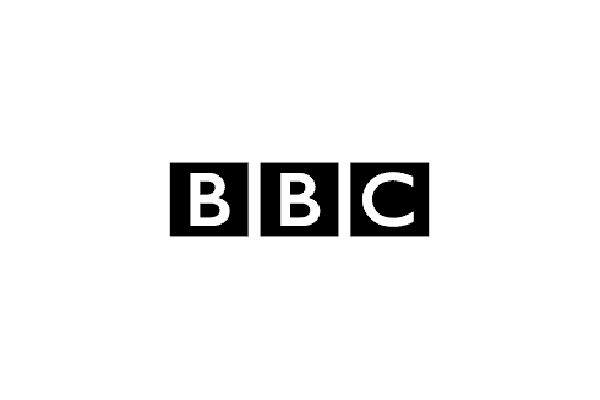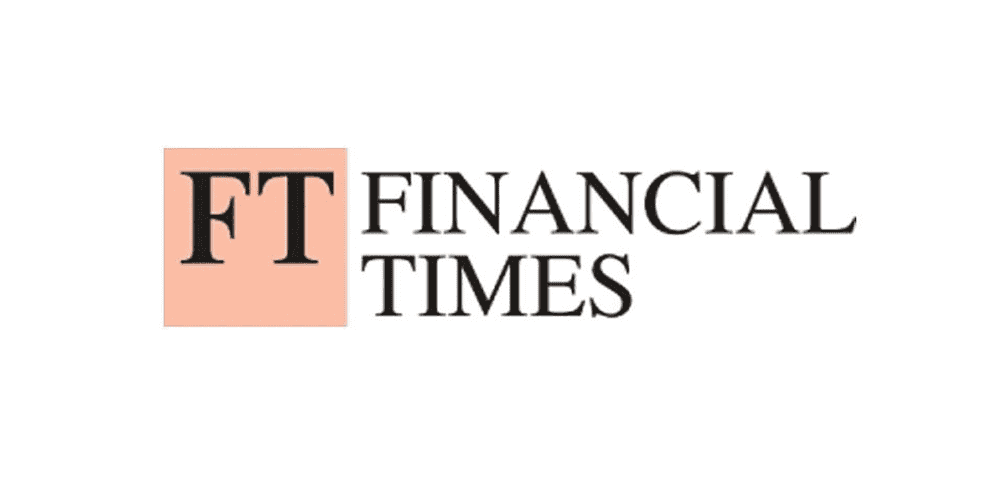For an emergency fund, you need an account that lets you access your money whenever you need to. Instant or easy access accounts let you to deposit or withdraw cash as you see fit. There may be a short delay of a day or two to complete withdrawals with easy access accounts, but otherwise they are the same as instant access accounts. Be aware that some banks may asked for 24 hours notice for withdrawing amounts above £1,000.
Find our best savings accounts and ISAs
Get a savings account that works for you and discover our best interest rate of 5.71%
Our best savings rates today - last updated Apr 15 2025
| Product type | AER | |
|---|---|---|
| Instant access savings | 4.76% | |
| Notice savings | 4.64% | |
| Cash ISAs | 5.71% | |
| 1 year fixed rate bond | 4.70% | |
| 5 year fixed rate bond | 4.40% | |
| Fixed rate bond | 4.70% |
What is a savings account?
Savings accounts are types of accounts with a bank or building society where you put away money to earn a return through interest. While the interest you earn on many savings accounts can be relatively modest, they provide a safe and reliable place to stash your money for short term needs.
They’re especially useful if you’re looking to build an emergency fund, or for short-term savings goals like buying a car or a holiday.
How does a savings account work?
You can open a savings account with banks, building societies or other online financial institutions. Once the account has been opened, you can deposit money into your savings account either via online banking or in-branch depending on your provider.
Your provider then pays you a specific interest which is either fixed or variable on your savings. The more money you save, the more interest you'll earn.
Remember, everyone gets a personal savings allowance which allows you to save tax-free up to £1,000 if you're a basic-rate taxpayer. This changes to £500 for higher-rate taxpayers. If you're earning more than £1,000 in interest, then it's worth exploring ISAs as these allow you to save money tax-free up to £20,000 annually.
There are many different types of savings accounts and these come with certain restrictions, from how much you can withdraw to minimum opening deposits. It's important to understand these restrictions before moving your money as you could face fees or other penalties.
An illustration of how savings rates have changed in relation to the Bank of England base rate over the two past years. The average rates have been calculated by taking the rates from the whole of market at the time of the base rate change. Source: Defaqto and Bank of England data.
Which type of savings account is best for you?
![If you're building an emergency fund...]()
If you're building an emergency fund...

For an emergency fund, you need an account that lets you access your money whenever you need to. Instant or easy access accounts let you to deposit or withdraw cash as you see fit. There may be a short delay of a day or two to complete withdrawals with easy access accounts, but otherwise they are the same as instant access accounts. Be aware that some banks may asked for 24 hours notice for withdrawing amounts above £1,000.
![If you want to put away money regularly...]()
If you want to put away money regularly...

If you're looking to save money regularly, but don't have a specific goal in mind, a cash ISA lets you add up to £20,000 a year to your nest egg. The better news is that any interest you earn with these is also protected from tax.
![If you're trying to save for a large purchase...]()
If you're trying to save for a large purchase...

If you're looking to buy a car or pay for a future holiday, you'll likely want an account that allows you to put away money that you can't access unless you absolutely need to. In this case, notice savings accounts may have you covered.
These accounts will allow access to funds saved, although you may have to wait for 30 days to up to 120 days to make a withdrawal. However, you typically get higher interest rates on notice accounts compared to easy-access accounts.
![If you don't need the money right away...]()
If you don't need the money right away...

The go-to option if you’re serious about earning interest on your savings, but won't need the money for a while, is a fixed-rate bond. These pay about the best interest available, but mean you have to commit to locking your money away for a set period. The longer the term of the bond, typically, the higher rate you'll get.
Which type of savings account is best for you?
If you're building an emergency fund...
If you want to put away money regularly...
If you're looking to save money regularly, but don't have a specific goal in mind, a cash ISA lets you add up to £20,000 a year to your nest egg. The better news is that any interest you earn with these is also protected from tax.
If you're trying to save for a large purchase...
If you're looking to buy a car or pay for a future holiday, you'll likely want an account that allows you to put away money that you can't access unless you absolutely need to. In this case, notice savings accounts may have you covered.
These accounts will allow access to funds saved, although you may have to wait for 30 days to up to 120 days to make a withdrawal. However, you typically get higher interest rates on notice accounts compared to easy-access accounts.
If you don't need the money right away...
The go-to option if you’re serious about earning interest on your savings, but won't need the money for a while, is a fixed-rate bond. These pay about the best interest available, but mean you have to commit to locking your money away for a set period. The longer the term of the bond, typically, the higher rate you'll get.

Our best instant access cash ISA
An instant access cash ISA is worth exploring if you're looking for flexibility and want to avoid paying tax on the interest you're earning.

Account details
Eligibility
Our best easy access savings account
An easy access savings account means you can withdraw and deposit money quickly and easily.

Lucinda O'Brien, our savings expert says..
Account details
Eligibility
Our best notice savings account
This savings account requires you to give notice before withdrawing money, but it can come with a competitive interest rate.

Lucinda O'Brien, our savings expert says..
Pros and cons
Account details
Eligibility
Our best 1-year fixed rate bond
A fixed rate bond offers guaranteed interest for a specific period, but you won't be able to withdraw until the term ends.

Account details
Eligibility
How to compare savings accounts
Interest rate
Accessibility
Minimum and maximum deposits
Bonuses and promotions
Pros and cons of savings accounts
Pros
Cons
Can I have more than one savings account?
In the UK, you can have multiple savings accounts and it can actually be beneficial to have more than one. For example, you could have separate accounts for different savings goals. This could include an easy access account for an emergency fund and then a lifetime ISA if you're a first-time homebuyer saving for a house deposit. You could also have a fixed rate bond for a large sum of money that you don't need to spend for a few years.
Opening more than one savings account also means you could maximise the interest rates that are in the market. Do your research beforehand and find out whether splitting your money could increase returns.
Plus, the Financial Services Compensation Scheme (FSCS) offers protection on up to £85,000 per bank. If you have more than that, you can spread it across different providers to make sure all your money is safe.
How do I open a savings account?
The good news is that it's fairly easy to open a savings account.
Most providers allow you open it online, by phone or in branch but bear in mind some accounts have to be opened in specific ways.
To open a savings account, you'll need to provide ID and proof of your address so the bank can do its relevant checks.
The provider may also ask for an initial deposit to open the account and this can start from just £1.
FAQs
Do I need a savings account?
A savings account isn't compulsory but it can be useful tool for managing your finances to achieve your goals. For example, if you would like to buy a house one day, a savings account can help you to reach this milestone as it encourages you to budget effectively and put money away each month. It's recommended that at least 20% of your income should be saved and a savings account is a safe place to store this money.
However, the biggest bonus of a savings account is that you also earn interest on your savings. In the past few years, interest rates on savings accounts have risen, but we're starting the see rates decrease now. There are many rates still above inflation and this gives your money more purchasing power. So, if your savings are currently sitting in an account earning little to no interest, then you could be missing out on some extra cash.
The savings account market is also always changing, especially when the Bank of England adjusts the base rate, so it's important to compare all savings accounts to find the best deal for your money.
Who can open a savings account?
Most people in the UK can open a savings account, but there are some eligibility requirements. For example, for UK banks you'll need to be a UK resident and provide a proof of identity when you apply for the account.
Most providers also require you to be at least 16 or 18 years old, depending on the type of savings account you are opening. For anyone under 16, they can usually open an account with a parent or guardian.
Why are banks lowering savings interest rates?
Banks are lowering interest rates on savings for a few reasons.
Interest rates on savings accounts peaked in 2023 with some providers offering rates above 6%. At this time, the Bank of England's base rate was 5.25%, but it has dropped to 4.50%. This is one of the reasons why banks are lowering interest rates on savings, to be in line with the base rate.
However, it's not the only reason, as providers also look at the whole market and they can adjust interest rates to try and beat competitors.
What is our highest rate for a savings account?
Our best interest rate for a savings account is currently 5.71% as of Apr 15 2025.
Is my money safe in a savings account?
The Financial Services Compensation Scheme (FSCS) provides £85,000 of protection for each person who has saved money in a registered bank or building society in case it goes bust. This rises to £170,000 for joint accounts.
So, if you’re a single person with £170,000 in savings, you could protect the full amount by putting £85,000 in two separate accounts held by different savings providers.
But keep in mind that many banks operate under shared licences, for example HSBC and First Direct, which means you are only protected up £85,000 even if you have accounts in both banks.
Can I get a joint savings account?
Yes, most savings accounts can be set up in joint names, so you should be able to do this if you’d like to save with someone else.
Where can I put my money to earn the most interest?
If you would like to earn the maximum amount of interest then you will need to compare savings accounts. Generally, fixed-rate accounts have higher interest rates in exchange for locking away your money for a fixed amount of time. But there will be some exceptions, so the key to finding the most interest is research.
Didn’t find what you were looking for?
Below you can find a list of our savings pages:
Investment pages (capital at risk):
Join our personal finance newsletter for top deals and insights
You can unsubscribe from emails at any time. For more information about how we process your information, please read our Privacy Notice.
Amazing experience even though it…

Got a great savings account from…

Money.co.uk has helped provide the most…














